Product Title: Hornwort Stems
Transform your aquarium into a lush underwater paradise with our vibrant Hornwort Stems! Known for their fast growth and striking appearance, Hornwort is a favorite among aquatic enthusiasts. These versatile stems not only beautify your tank but also offer essential benefits for your fish and overall aquatic environment.
Hornwort is a hardy plant that thrives in a wide range of conditions, making it perfect for both beginners and seasoned aquarists. Its feathery foliage provides excellent hiding spots for fish, promoting a natural and secure habitat.
Key Features
- Scientific Name: Ceratophyllum demersum
- Growth Rate: Fast
- Light Requirement: Low to high
- CO2 Requirement: Not necessary
- Placement: Midground to background
- Max Height: Up to 100 cm
Recommended Tank Conditions
- Temperature: 15-30°C
- pH Level: 6.0-7.8
- Water Hardness: Soft to hard
Introduce Hornwort Stems to your aquarium today and watch your aquatic world flourish with life and beauty!

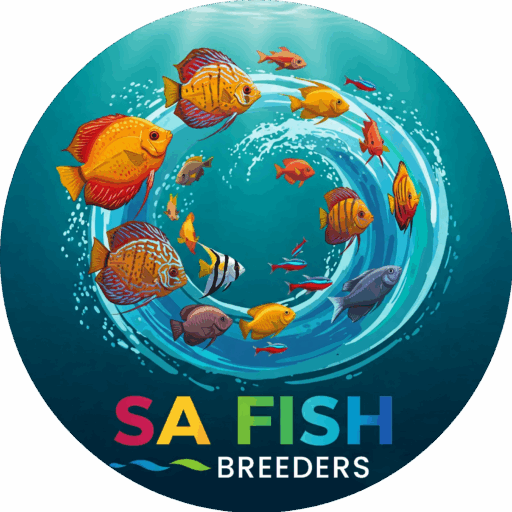

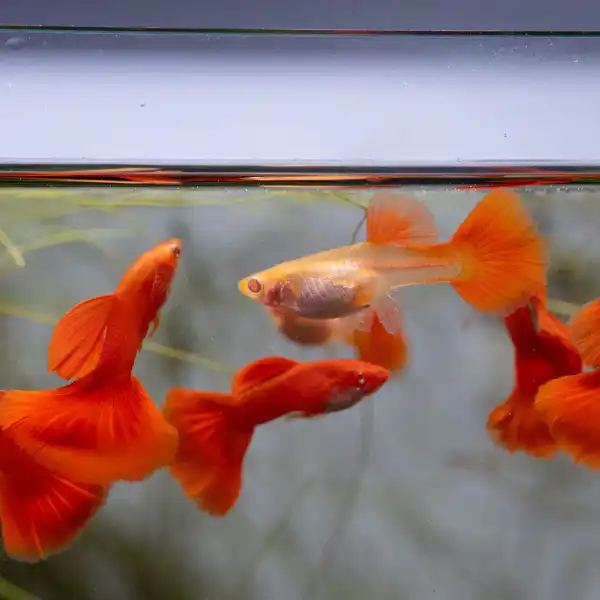
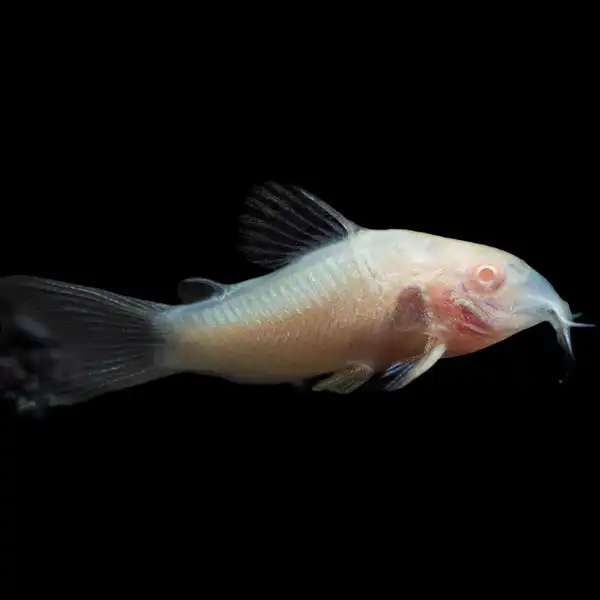
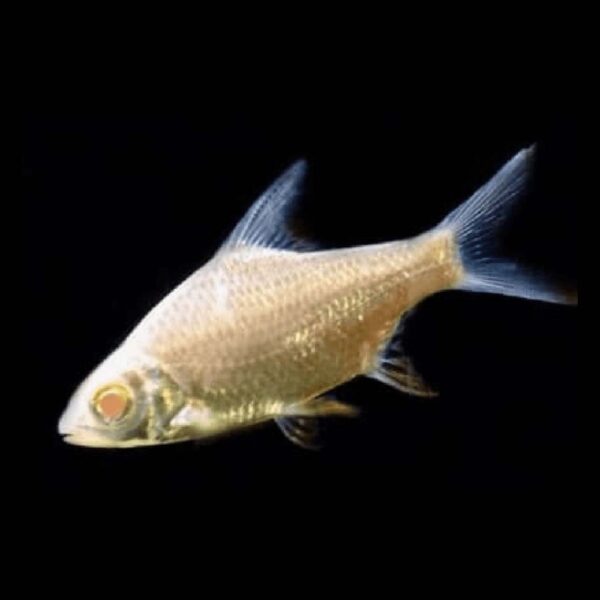
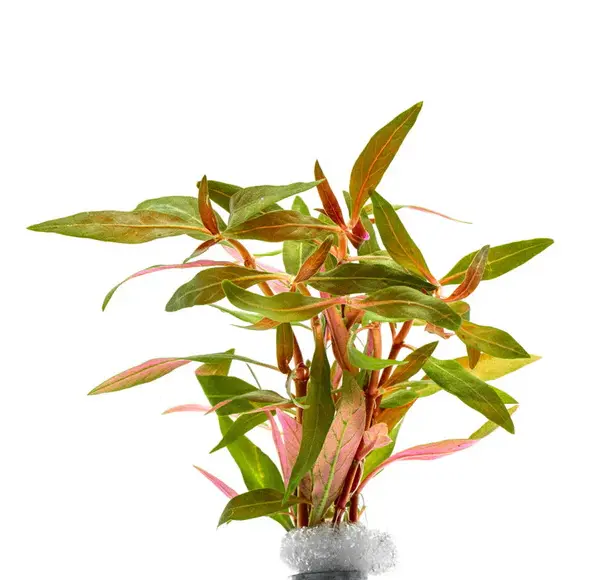
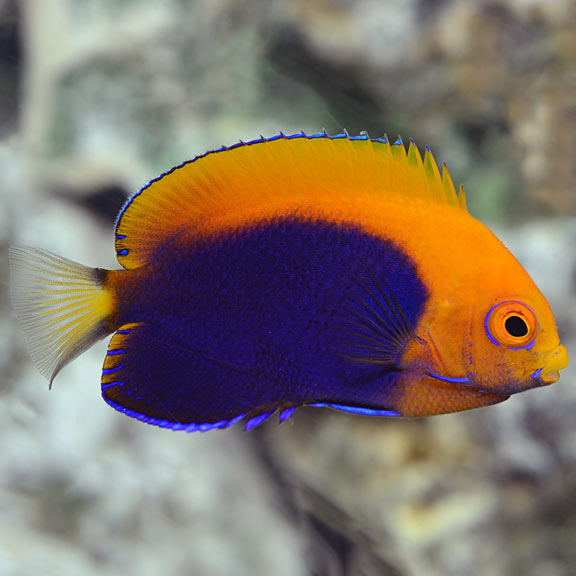









Reviews
There are no reviews yet.